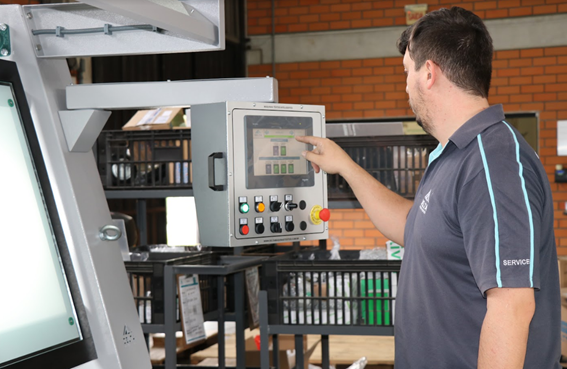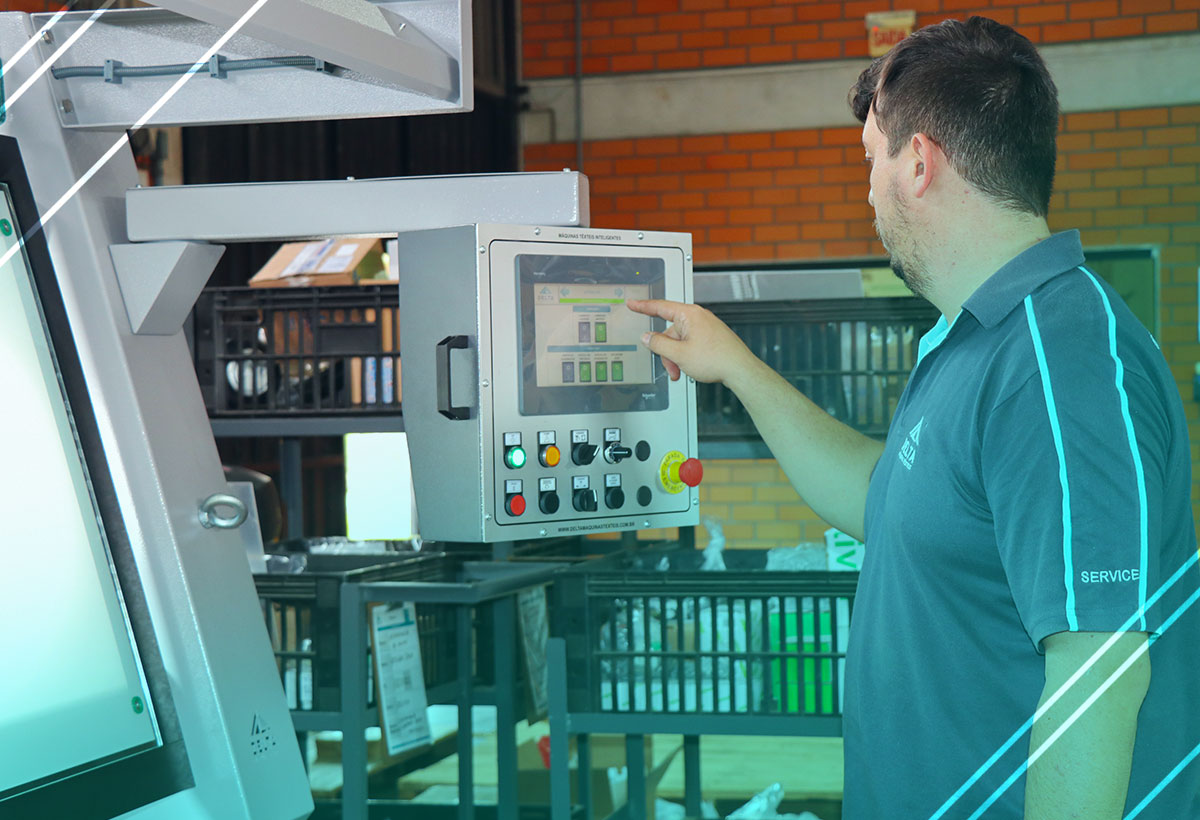Have you ever heard of MCC? Reliability-Focused Maintenance is a way of carrying out maintenance on industrial assets, reducing or even eliminating failures and increasing their useful life.
This maintenance strategy can be applied in textile industries, bringing benefits such as cost reduction and greater production productivity, in addition to ensuring greater process safety.
In this article you will see in more detail what MCC is, how this strategy works and its main advantages. In the end, we have put together some tips for implementing it in your industry. Continue reading!
What is Reliability Centered Maintenance?
The Reliability Centered Maintenance (RCM), or Maintenance Centred on Reliability (MCC), is a maintenance planning method that was created in the aviation industry in the mid-1970s and was later adapted for various other industries and military branches.
While the goal of RCM is to determine preventive maintenance, the results of the analysis can also be used in relation to corrective maintenance strategies, optimization of spare parts, and logistical considerations.
RCM contributes to determining the preventive maintenance process, generating a more detailed and better-structured analysis.
Additionally, another goal of RCM is to reduce the Life Cycle Cost (LCC) of the industry’s assets. This metric is the sum of all asset costs, including design, installation, operation, maintenance, and disposal.
By reducing maintenance costs, the life cycle cost of your asset is also reduced, increasing the reliability of the system and the function of the asset.
The MCC analysis process provides a more structured and traceable approach that helps determine the ideal type of preventive maintenance. This is achieved through a detailed analysis of failure modes and causes.
Let’s now see how Reliability Centered Maintenance works.
Understand how MCC works
Reliability Centered Maintenance is divided into 4 types of maintenance that can be applied, they are:
- Corrective maintenance;
- Preventive maintenance;
- Predictive and detective maintenance;
- Proactive maintenance.
Each of them is responsible for keeping the industry’s assets always working, ensuring its reliability. However, to know which type of maintenance to use, you first need to clearly understand the function of the equipment.
By being clear about the function of the equipment, it is possible to map important points in relation to failures, which are:
- Find out what the possible failures are;
- Discover the causes of failures;
- Find out what the consequences of these failures are.
From this mapping, you will be able to achieve the 3 basic objectives of the Reliability Centered Maintenance Program, according to the website Engeteles:
- Reduce or eliminate the chance of a failure occurring;
- Reduce or eliminate the severity of a failure;
- Increase the chance of detecting failure at an early stage.
However, to be able to map all points in relation to failures, it is first necessary to perform and implement FMEA analysis in the process., or Analysis of Failure Modes and Effects.
This analysis aims to evaluate the production process and analyze failures, based on the calculation of the Priority and Risk Number, which classifies a failure into 3 classes: occurrence, severity and detection.
With all these analyzes and mappings, the industry is able to analyze and make more assertive decisions, guaranteeing Reliability-Focused Maintenance.
Also check out the article: Maintenance in the textile industry: is postponing it in times of crisis a good option?
Advantages of applying Reliability Centered Maintenance in the textile sector

In addition to the benefits mentioned, implementing MCC in a textile industry can bring several advantages, such as:
More safety in industry operation
Performing MCC brings more safety to the processes, predicting risks and increasing maintenance effectiveness. This safety extends to both the machine operators and the equipment itself.
Improved operational performance
With the mapping of information, it becomes easier to have control, and thus, one can choose the best maintenance practices to be adopted. The operational performance of the industry gains more quality, which reflects in other processes.
Reduced maintenance costs
By choosing the best practices to be adopted, it is possible to ensure a better return on the capital invested in maintenance and avoid unnecessary costs with unforeseen repairs to the equipment.
Increased machinery lifespan
All these benefits directly influence the lifespan of the equipment. With greater attention to the maintenance process and guaranteed reliability, the lifespan becomes much longer
Tips for implementing MCC in your textile industry
Before implementing MCC, 7 questions about each item under review or critical analysis should be answered, with the objective of preserving the function of the production system. According to a study carried out at the XXIII National Meeting of Production Engineering, are the following:
- What are the functions and performance standards of the asset in its current operating context?
- In what ways does it fail to fulfill its role?
- What causes each functional failure?
- What happens when each failure occurs?
- How does each failure matter?
- What can be done to predict or prevent each failure?
- What should be done if an appropriate proactive task cannot be found?
Now, in short, to apply the MCC, the industry must first define the sector and equipment that will be analyzed. To make this choice, it is interesting to choose machinery that plays a fundamental role in the operation of the industry.
After making this choice, it is necessary to think about the functions and parameters, and understand what makes the equipment truly reliable for the company. The next step is to determine the possible failures that the equipment may present, from problems that completely impair operation, to partial failures that cause the machine to have reduced performance.
So, by evaluating the effects of failures with FMEA, it is possible to choose the most appropriate maintenance strategy for each failure.
Remember that this maintenance plan must be constantly reviewed to assess whether the results are positive.
And then?
Reliability-Centered Maintenance is a very beneficial practice for all types of industry, and this is no different for the textile sector. Your industry can make the production process much more efficient and safe, and have significant cost savings.
We hope that with this article you have deepened your knowledge of MCC strategy and gained insights for implementation in your industry!
To check out more content like this, news about the textile market and receive free materials in your email, Click here and sign up for our newsletter!


